New evidence exposes Myanmar's military's brutal purge of Rohingya Muslims
War crimes investigators have obtained thousands of documents that shed new light on the Myanmar military's planning around the forcible expulsion of the Southeast Asian country's Muslim minority from their homeland of Rakhine state.
The records are part of a cache of documents, collected by war crimes investigators that reveal planning around the purges of the Rohingya population.
For the past four years, the investigators have been working secretly to compile evidence they hope can be used to secure convictions of Myanmar’s military officials at the international criminal court (ICC). The group that collected the documents is already handing its material to prosecutors in The Hague.
Beginning work in 2018, the Commission for International Justice and Accountability (CIJA), a nonprofit organization staffed by international criminal lawyers who have worked in Bosnia, Rwanda and Cambodia, amassed some 25,000 pages of official documents, many related to the expulsion of the Rohingya.
The cache illustrates the obsession authorities had with reducing the Rohingya population they viewed as an existential threat.
“Everything in it points to this intention to engage in this kind of mass removal process,” said Stephen Rapp, an expert on war crimes issues who now sits on the CIJA board.
In a private meeting with officials in Rakhine, which was held around the time of the 2017 expulsion, the then-army chief and current junta leader, Min Aung Hlaing, told the Buddhist population to remain in place, and pointed to a demographic imbalance between Rohingya and the rest of the Rakhine population, the documents show.
Senior Myanmar military commanders later discussed ways to insert spies into Rohingya villages to demolish Muslim homes and mosques, as they laid plans for what they clinically referred to as “area clearance.”
The discussions are captured in official records.
At one meeting, commanders repeatedly used a racial slur for the Rohingya suggesting they are foreign interlopers.
The commanders agreed to carefully coordinate communications so the army could move “instantly during the crucial time.”
By mid-August 2017, hundreds of troops had been flown into northern Rakhine.
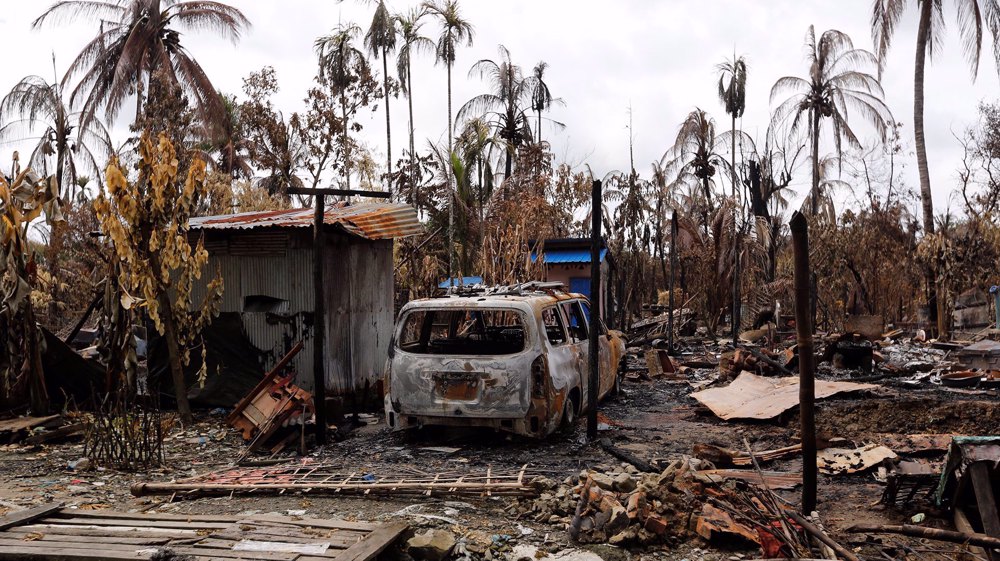
Weeks later, the Myanmar military began a brutal crackdown that sent about 800,000 of Rohingya fleeing to neighboring Bangladesh.
Myanmar’s civilian leader at the time, Nobel Peace Prize laureate Aung San Suu Kyi dismissed much of the criticism of the military. But official records from the period ahead of and during the expulsion of the Rohingya paint a different picture.
The documents show how the military systematically demonized the Muslim minority, created militias that would ultimately take part in operations against the Rohingya, and coordinated their actions with ultranationalist Buddhist monks.
The August 2017 pogrom was carried out with a ferocity that stunned the world. Refugees described massacres, gang rapes and children thrown into raging fires.
In the early hours of August 25, more than two dozen police posts were attacked by Rohingya men across the north of Rakhine state, killing 12 members of the security forces, authorities said.
The men were largely untrained and carrying mostly sticks, knives and homemade bombs, according to the UN.
Some members of the security forces said they were surprised by the army’s disproportionate response to what they said were poorly organized attacks compared with insurgencies conducted by well-equipped militias in other parts of the country.
The next morning, the burning of Rohingya villages began. The log describes “arson attacks” in the Rakhine township of Maungdaw, with lists of houses, shops, mosques and schools destroyed. Hundreds of houses are recorded as burned after “a fire broke out.”
The arson continued for weeks. More than 7,000 structures are recorded in the log as having been burned to the ground between August 25 and mid-September.
Moe Yan Naing, a police captain who was stationed in Rakhine, said his superiors ordered him and his colleagues to burn villages. There were many dead bodies in the villages.
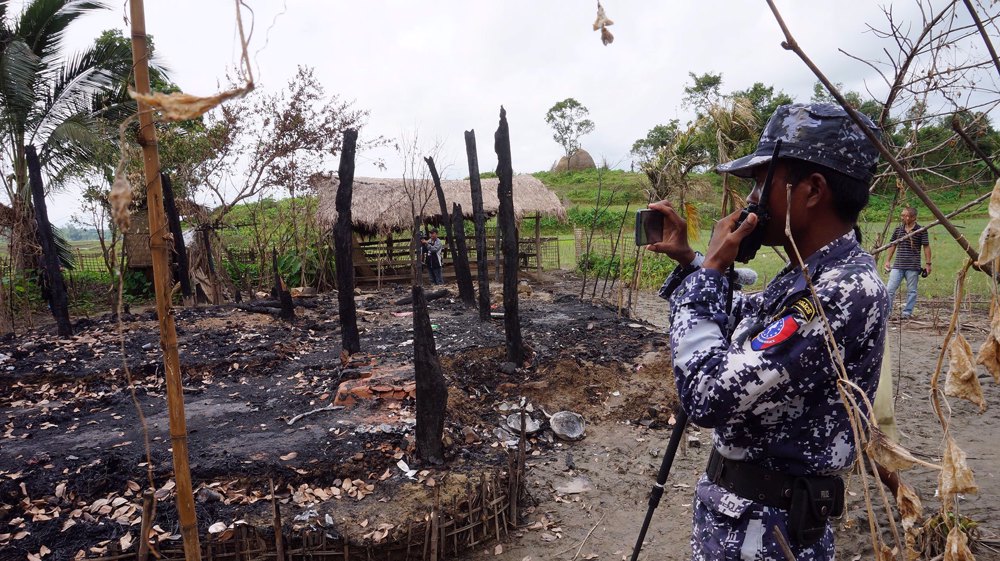
“The troops shot into the village before entering,” he said, referring to the village of Inn Din, where media outlets uncovered a massacre of civilians. “They shot and killed whoever they found in the village.”
More than 390 villages were either partly or completely destroyed, largely by fire. This amounted to 40% of all villages in northern Rakhine state.
Doctors Without Borders (MSF) estimated at least 10,000 people died. Hundreds of Rohingya villages were burned to the ground.
Early last year, the military toppled the government under Suu Kyi, who has been detained since her overthrow. The coup has altered views in Myanmar and opened an unexpected window on the 2017 atrocities.
While the Myanmar military faces grave allegations under international law, there is no easy road to convictions.
Myanmar hasn’t signed the Rome Statute that created the International Criminal Court (ICC), which has the power to try individual perpetrators for international crimes.
But other paths to trial exist. The ICC set a legal precedent in 2019 by allowing its chief prosecutor to begin investigating crimes against the Rohingya population, including deportation, because they fled to Bangladesh, which is a party to the court.
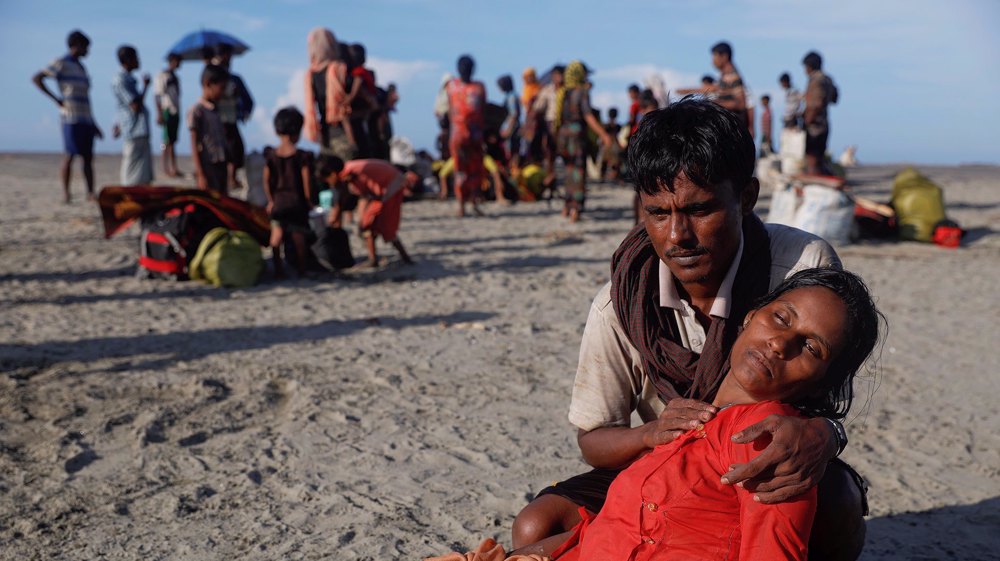
In 2019, majority-Muslim Gambia brought a case against Myanmar for genocide at the The International Court of Justice (ICJ), on behalf of the 57 member states of the Organization of Islamic Cooperation. In July, the court cleared the case to proceed, rejecting objections filed by Myanmar.
A United Nations body has also been gathering evidence about the military’s actions in Rakhine, and since the coup has expanded its work to cover the junta’s actions.

Thousands of people cast ballots in Australia’s general election
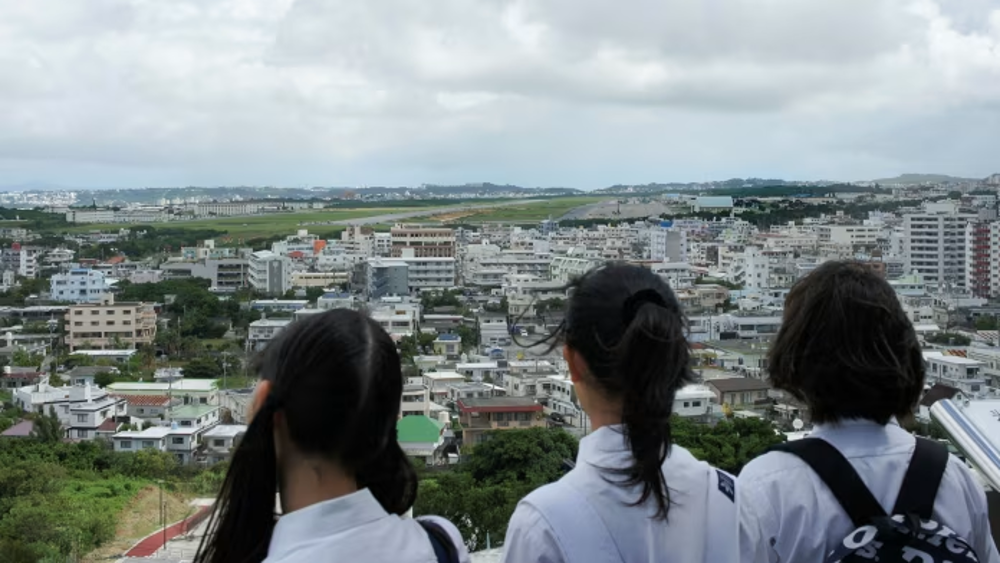
Two US marines accused of raping Japanese women in Okinawa

China deploys naval group in warning to US, Philippines over drills
VIDEO | Leo XiV elected as first North American pope in history
VIDEO | Russia marks Victory Day by holding military parades
VIDEO | Yemenis celebrate victory over US, vow to continue supporting Gaza
VIDEO | Press TV's news headlines
VIDEO | Nationwide rallies held in Pakistan to condemn India attacks
Pakistan meets India’s ‘Operation Sindoor’ with major counteroffensive hitting 'Indian missile sites
VIDEO | Syrians echo Gaza’s struggle through art, action
Columbia University suspends 65-plus students after pro-Palestinian protest


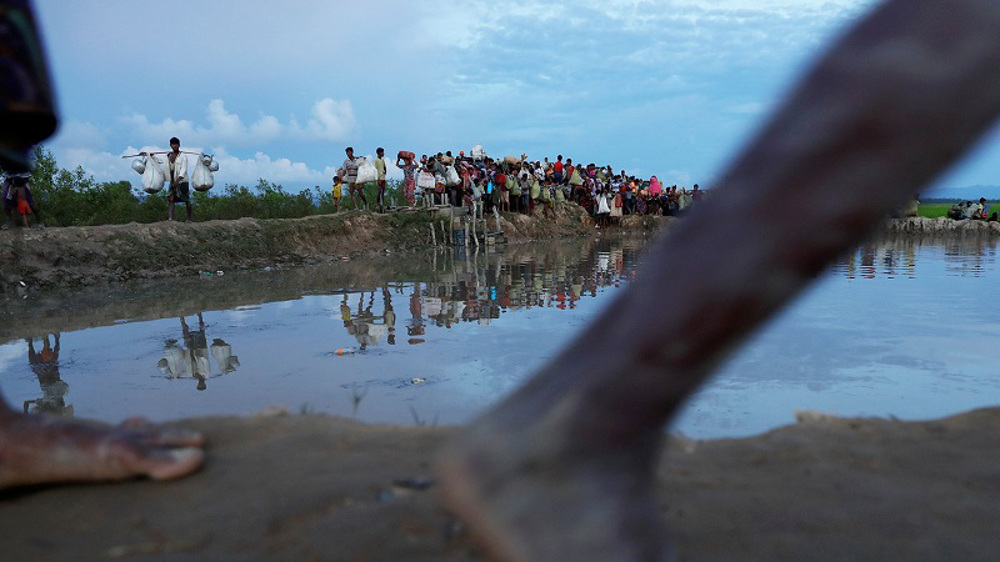



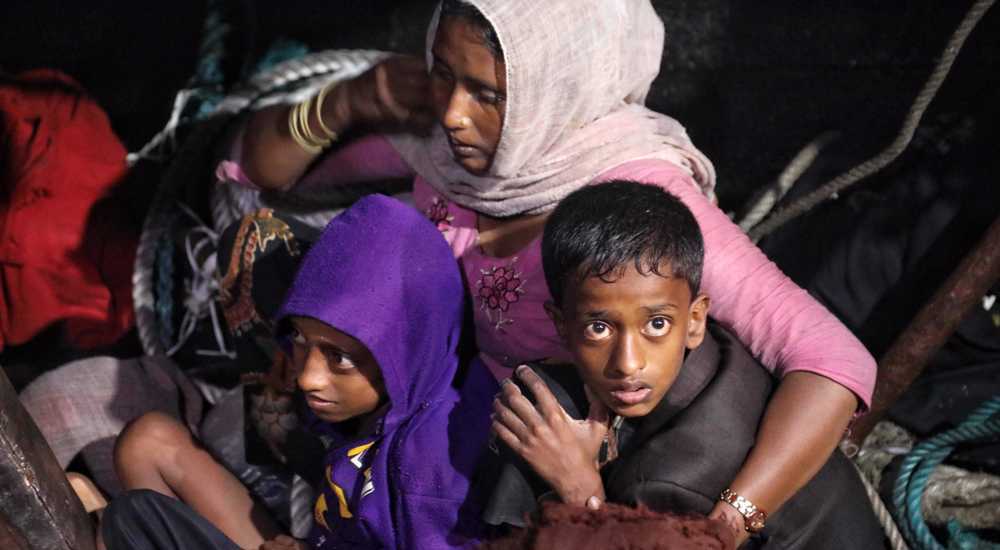
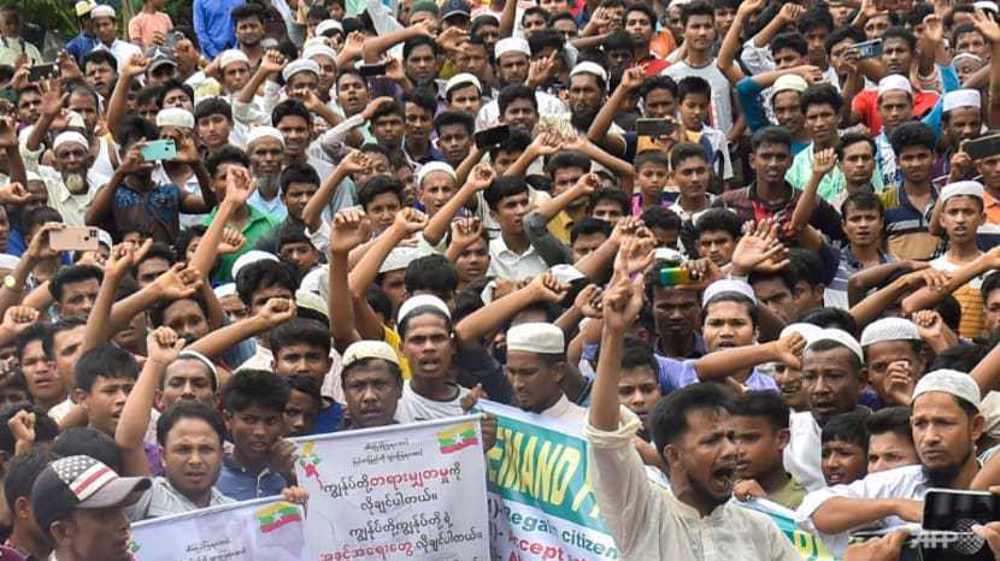

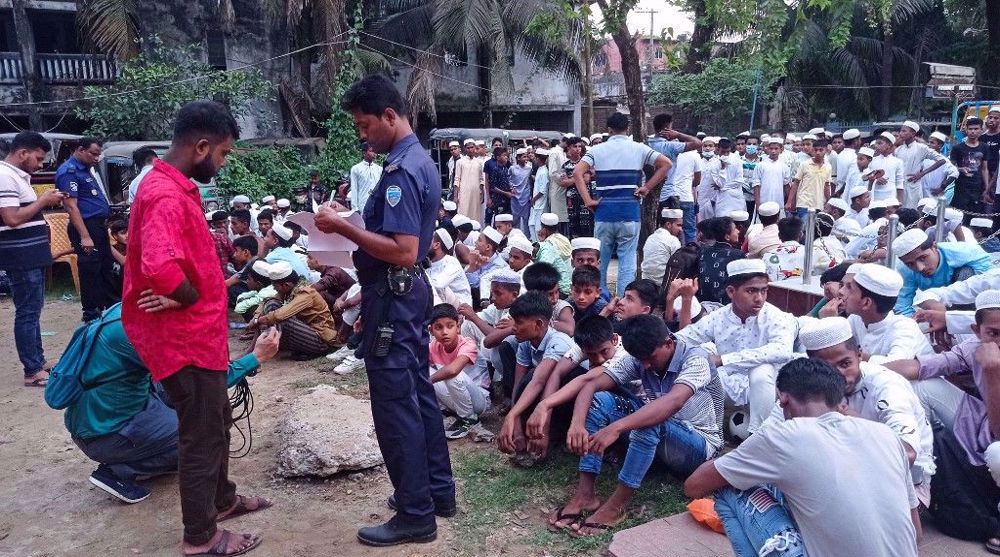
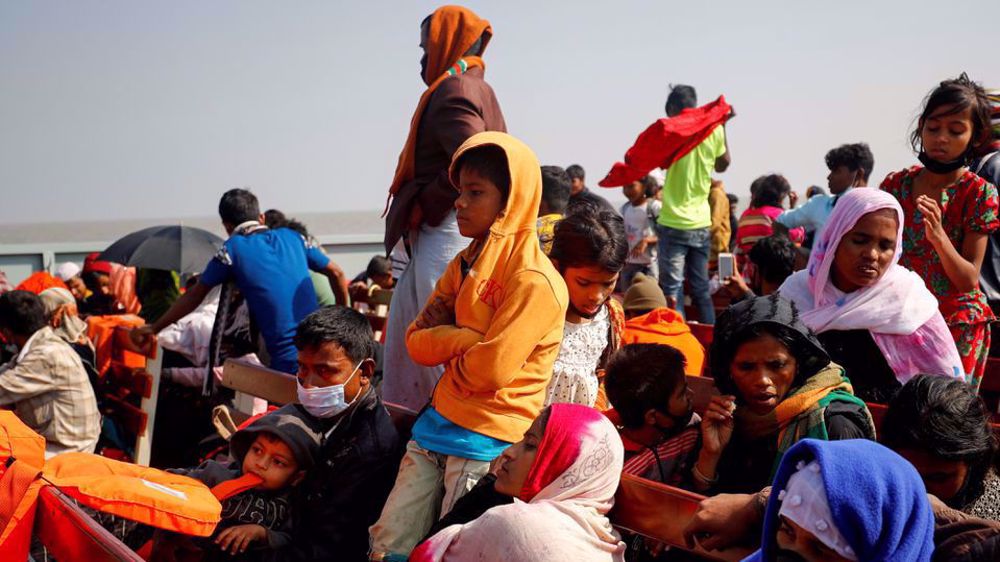
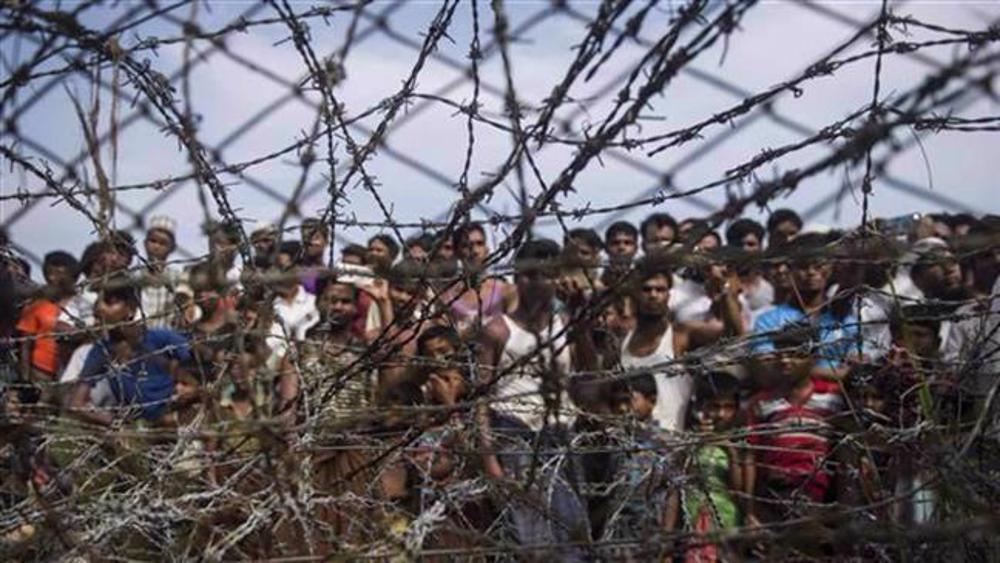

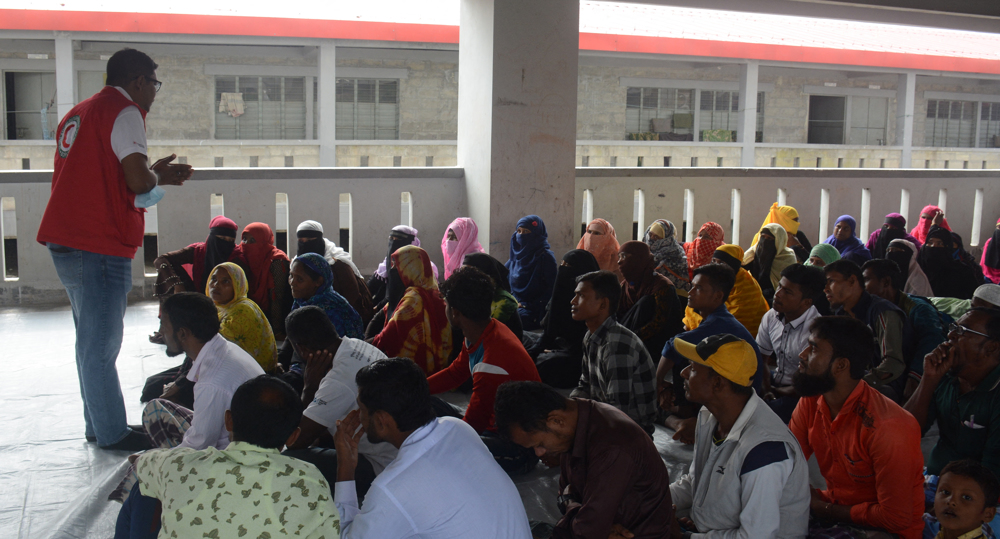
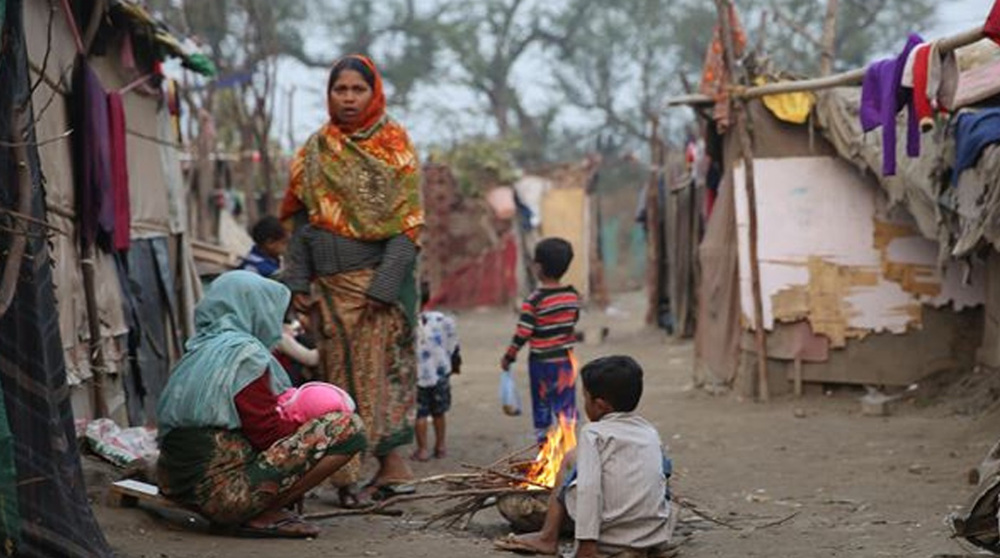

 This makes it easy to access the Press TV website
This makes it easy to access the Press TV website